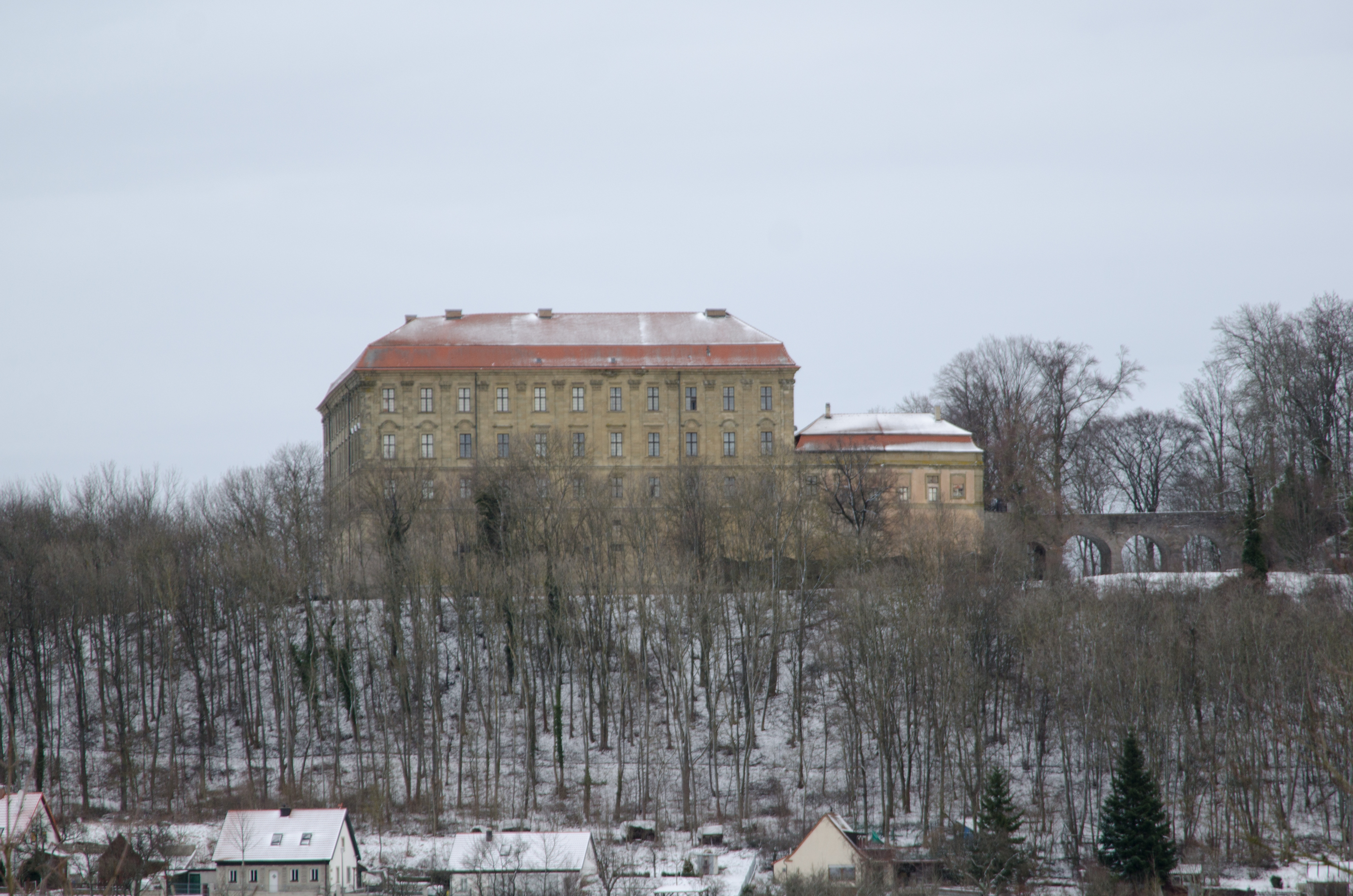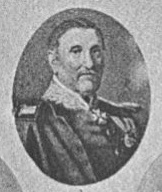|
Schillingsfürst
Schillingsfürst is a municipality in the district of Ansbach, in Bavaria, Germany. It is situated 12 km southeast of Rothenburg ob der Tauber, and 23 km west of Ansbach Ansbach (; ; East Franconian: ''Anschba'') is a city in the German state of Bavaria. It is the capital of the administrative region of Middle Franconia. Ansbach is southwest of Nuremberg and north of Munich, on the river Fränkische Rezat, a .... Schillingsfürst castle (Schloss Schillingsfürst) is the home of the princely Hohenlohe-Schillingsfürst family. Notable people * The Bavarian Lieutenant General and Acting War Minister Hugo Ritter von Bosch (1782–1865) was born in Schillingsfürst. References Ansbach (district) {{Ansbachdistrict-geo-stub ... [...More Info...] [...Related Items...] OR: [Wikipedia] [Google] [Baidu] |
Hohenlohe
The House of Hohenlohe () is a German princely dynasty. It ruled an immediate territory within the Holy Roman Empire which was divided between several branches. The Hohenlohes became imperial counts in 1450. The county was divided numerous times and split into several principalities in the 18th century. In 1806 the Princes of Hohenlohe lost their independence through mediatisation initialized by Napoleon, and their lands became parts of the kingdoms of Bavaria and of Württemberg by the Act of the Confederation of the Rhine (12 July 1806), a confederation of client states of the First French Empire. In 1806 the area of Hohenlohe was 1,760 km² and its estimated population was 108,000. Having lost their Imperial immediacy, the Princes of Hohenlohe still kept their private possessions. Until the German Revolution of 1918–19, just as other mediatized families, they also retained important political privileges. They were considered equal by birth (''Ebenbürtigkeit'') to t ... [...More Info...] [...Related Items...] OR: [Wikipedia] [Google] [Baidu] |
Hugo Von Bosch
Hugo von Bosch (2 January 1782 – 7 August 1865) was a Bavarian lieutenant general and twice served as Acting War Minister for under Maximilian II of Bavaria. Biography Bosch was born in Schillingsfürst. He served as an officer in the County of Hohenlohe-Schillingsfürst after 1795, before he was commissioned into the Bavarian Army in the rank of ''Oberleutnant'' He was promoted to ''Hauptmann'' in 1810, Major in 1824, ''Oberstleutnant'' in 1834 and ''Oberst'' in 1839, before he was advanced to Major General and Brigadier in 1844. In the years from 1849 to 1851 he was commander of the Fortress of the German Confederation at Ulm, the so-called '' Bundesfestung''. In 1852 he was promoted Lieutenant General and in 1861 was appointed as president of the General Auditorium. He was acting as war minister from 11 December 1861 to 20 January 1862 and for a second time from 11 to 26 July 1863. He died in Munich Munich ( ; german: München ; bar, Minga ) is the capital and m ... [...More Info...] [...Related Items...] OR: [Wikipedia] [Google] [Baidu] |
Ansbach (district)
Ansbach () is a ''Landkreis'' (district) in Bavaria, Germany. It surrounds – but does not include – the town of Ansbach; nonetheless the administrative seat of the district is located in Ansbach. It is the district with the largest area in Bavaria. History Some of the local towns already existed during the lifetime of Charlemagne, who visited Feuchtwangen about 800. In the 13th century the towns of Rothenburg, Dinkelsbühl and Feuchtwangen were elevated to Free Imperial cities; so they were directly subordinate to the Holy Roman Emperor. The town of Ansbach became subject to the Hohenzollern family, who established the state of Ansbach (later Brandenburg-Ansbach) in the region. The district of Ansbach was established in 1972, when the former districts of Ansbach, Dinkelsbühl, Feuchtwangen and Rothenburg were merged. The historic town of Rothenburg lost its status as an urban district and was incorporated into the district. Geography Ansbach is the largest district of ... [...More Info...] [...Related Items...] OR: [Wikipedia] [Google] [Baidu] |
Ortsteil
A village is a clustered human settlement or Residential community, community, larger than a hamlet (place), hamlet but smaller than a town (although the word is often used to describe both hamlets and smaller towns), with a population typically ranging from a few hundred to a few thousand. Though villages are often located in rural areas, the term urban village is also applied to certain urban neighborhoods. Villages are normally permanent, with fixed dwellings; however, transient villages can occur. Further, the dwellings of a village are fairly close to one another, not scattered broadly over the landscape, as a dispersed settlement. In the past, villages were a usual form of community for societies that practice subsistence agriculture, and also for some non-agricultural societies. In Great Britain, a hamlet earned the right to be called a village when it built a Church (building), church. [...More Info...] [...Related Items...] OR: [Wikipedia] [Google] [Baidu] |
Bayerisches Landesamt Für Statistik
The statistical offices of the German states (German language, German: ''Statistische Landesämter'') carry out the task of collecting official statistics in Germany together and in cooperation with the Federal Statistical Office of Germany, Federal Statistical Office. The implementation of statistics according to Article 83 of the Basic Law for the Federal Republic of Germany, constitution is executed at state level. The Bundestag, federal government has, under Article 73 (1) 11. of the constitution, the exclusive legislation for the "statistics for federal purposes." There are 14 statistical offices for the States of Germany, 16 states: See also * Federal Statistical Office of Germany References {{Reflist National statistical services, Germany Lists of organisations based in Germany, Statistical offices Official statistics, Germany ... [...More Info...] [...Related Items...] OR: [Wikipedia] [Google] [Baidu] |
Municipalities Of Germany
MunicipalitiesCountry Compendium. A companion to the English Style Guide European Commission, May 2021, pages 58–59. (german: Gemeinden, ) are the lowest level of official territorial division in . This can be the second, third, fourth or fifth level of territorial division, depending on the status of the municipality and the '''' (federal state) it ... [...More Info...] [...Related Items...] OR: [Wikipedia] [Google] [Baidu] |
Bavaria
Bavaria ( ; ), officially the Free State of Bavaria (german: Freistaat Bayern, link=no ), is a state in the south-east of Germany. With an area of , Bavaria is the largest German state by land area, comprising roughly a fifth of the total land area of Germany. With over 13 million inhabitants, it is second in population only to North Rhine-Westphalia, but due to its large size its population density is below the German average. Bavaria's main cities are Munich (its capital and largest city and also the third largest city in Germany), Nuremberg, and Augsburg. The history of Bavaria includes its earliest settlement by Iron Age Celtic tribes, followed by the conquests of the Roman Empire in the 1st century BC, when the territory was incorporated into the provinces of Raetia and Noricum. It became the Duchy of Bavaria (a stem duchy) in the 6th century AD following the collapse of the Western Roman Empire. It was later incorporated into the Holy Roman Empire, became an ind ... [...More Info...] [...Related Items...] OR: [Wikipedia] [Google] [Baidu] |
Germany
Germany,, officially the Federal Republic of Germany, is a country in Central Europe. It is the second most populous country in Europe after Russia, and the most populous member state of the European Union. Germany is situated between the Baltic and North seas to the north, and the Alps to the south; it covers an area of , with a population of almost 84 million within its 16 constituent states. Germany borders Denmark to the north, Poland and the Czech Republic to the east, Austria and Switzerland to the south, and France, Luxembourg, Belgium, and the Netherlands to the west. The nation's capital and most populous city is Berlin and its financial centre is Frankfurt; the largest urban area is the Ruhr. Various Germanic tribes have inhabited the northern parts of modern Germany since classical antiquity. A region named Germania was documented before AD 100. In 962, the Kingdom of Germany formed the bulk of the Holy Roman Empire. During the 16th ce ... [...More Info...] [...Related Items...] OR: [Wikipedia] [Google] [Baidu] |
Rothenburg Ob Der Tauber
Rothenburg ob der Tauber () is a town in the district of Ansbach of Mittelfranken (Middle Franconia), the Franconia region of Bavaria, Germany. It is well known for its well-preserved medieval old town, a destination for tourists from around the world. It is part of the popular Romantic Road through southern Germany. Today it is one of only three towns in Germany that still have completely intact city walls, the other two being Nördlingen and Dinkelsbühl, both also in Bavaria. Rothenburg was a free imperial city from the late Middle Ages to 1803. In 1884 Johann Friedrich (von) Hessing (1838–1918) built ''Wildbad Rothenburg o.d.T.'' 1884–1903. Name The name "Rothenburg ob der Tauber" is German for "Red castle above the Tauber". This is so because the town is located on a plateau overlooking the Tauber River. As to the name "Rothenburg", some say it comes from the German words ''rot'' (red) and ''burg'' (burgh, medieval fortified settlement), referring to the red color of t ... [...More Info...] [...Related Items...] OR: [Wikipedia] [Google] [Baidu] |
Ansbach
Ansbach (; ; East Franconian: ''Anschba'') is a city in the German state of Bavaria. It is the capital of the administrative region of Middle Franconia. Ansbach is southwest of Nuremberg and north of Munich, on the river Fränkische Rezat, a tributary of the river Main. In 2020, its population was 41,681. Developed in the 8th century as a Benedictine monastery, it became the seat of the Hohenzollern family in 1331. In 1460, the Margraves of Brandenburg-Ansbach lived here. The city has a castle known as Margrafen–Schloss, built between 1704 and 1738. It was not badly damaged during the World Wars and hence retains its original historical baroque sheen. Ansbach is now home to a US military base and to the Ansbach University of Applied Sciences. The city has connections via autobahn A6 and highways B13 and B14. Ansbach station is on the Nürnberg–Crailsheim and Treuchtlingen–Würzburg railways and is the terminus of line S4 of the Nuremberg S-Bahn. Name origin Ans ... [...More Info...] [...Related Items...] OR: [Wikipedia] [Google] [Baidu] |
Schlosshof Schloss Schillingsfürst
Schloss Hof is a palace located in Marchfeld, Austria near the border of Slovakia. It once belonged to Prince Eugene of Savoy who purchased it late in his life in 1726. He had it enlarged in the Baroque style by the architect Johann Lukas von Hildebrandt in 1729, and used it as an elaborate hunting lodge. He left it to a niece in his will, and it was later purchased by Empress Maria Theresa of Austria Maria Theresa Walburga Amalia Christina (german: Maria Theresia; 13 May 1717 – 29 November 1780) was ruler of the Habsburg dominions from 1740 until her death in 1780, and the only woman to hold the position '' suo jure'' (in her own right) ... and became part of the imperial estates. The castle was built in the 1620s to the east of what was then the medieval fortress of Hof. After Prince Eugene of Savoy acquired the complex in 1725, he expanded it into a representative country residence. In 1755 the castle came into the possession of Austria's sovereign Maria Theresa. Fr ... [...More Info...] [...Related Items...] OR: [Wikipedia] [Google] [Baidu] |



